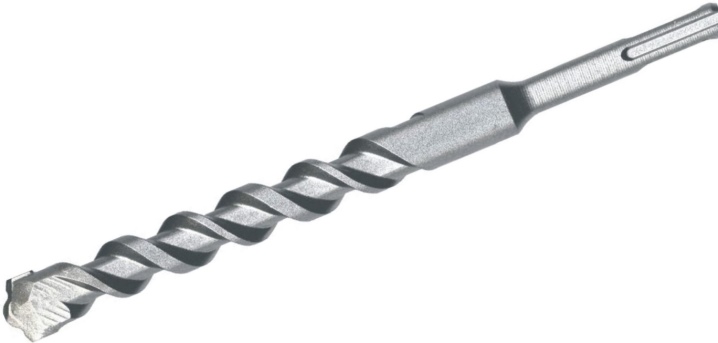Features of SDS-plus drills

Concrete, wood, metal - this is not a complete list of materials that the SDS-plus drill can easily handle. The tool is used both in professional construction and at an amateur level. Let's consider its features, figure out the main classification and decide on the choice.

Peculiarities
The SDS-plus drill is suitable even for a beginner who is just starting out with construction work. Depending on the goals, you can choose the right tool.
Such an item can be used both for the work of professionals and for solving everyday issues. SDS-plus can cope with almost any task that was assigned to it, regardless of the material.

Before deciding on the choice of drill for a hammer drill, you must immediately take into account the density of the surface and its hardness. Each model has its own functional purpose. The drill is used as a drill and a screwdriver at the same time - for this you just need to change the equipment using an adapter.

What are they?
The main purpose of the drill is to work on concrete, wood, metal. SDS-plus acts as a tool for drills and a hammer drill, which, in its turn, in a broader sense, not only makes holes, but also chisels the surface in a certain way.
Among the tips for a perforator, it is customary to distinguish the following:
- crown;
- channel drill;
- drill;
- chisel;
- lance chisel.
The scope of the drill is limited exclusively to the creation of round holes. They are required for dowels.

With a chisel, you can easily remove plaster, tiles or even tiles. It is the ideal tool for demolition work.
The pike is used for chasing, and holes are also punched with it. Compared to a conventional drill, the main difference is the larger diameter.
The crown is used in construction work when installing holes for sockets and switches. Various sizes can be found on sale depending on the technical characteristics of electrical devices.
A channel drill is necessary when making a groove for wiring, which comes in handy when planning an interior. This is true for drywall and false walls.
Since the task of drilling for metal is often the task, you need to choose drills with heavy-duty soldering. If the metal is too thick, the punch may not even take it.

Based on the types of the working tip, the following points can be distinguished:
- if you need to make small holes in soft material, then you can take a drill with a slight slope of the working chutes;
- at a high drilling speed, most often preference is given to a drill with an inclined groove;
- when the need arises to control vibrations, a spiral groove drill is selected.
And the latter are auger drills, which are used exclusively for deep holes. Since the structure looks like a spiral, it is easy to avoid unnecessary dust and noise. The work is done much faster, and the stress on the rock drill itself is minimized.



Selection Tips
Before deciding on the choice of such a tool, it is necessary to outline a construction work plan. The SDS-plus drill will help out both the professional and the one who has just encountered the construction industry.
The first thing to look out for is the surface to be drilled. Depending on the technical characteristics, you can get rid of unnecessary noise, speed up the work and make it better.
And also it is worth deciding on the purpose of drilling.For example, to install switches and drill holes for a future painting, you will need different attachments.
When buying, it is advised to correlate price and quality. First of all, it is recommended to proceed from the tasks facing the construction work. Often, such a tool pays for itself in the first few weeks, so it is worth looking closely at more professional solutions.


The following video provides an overview of BOSCH SDS-plus drills.













The comment was sent successfully.